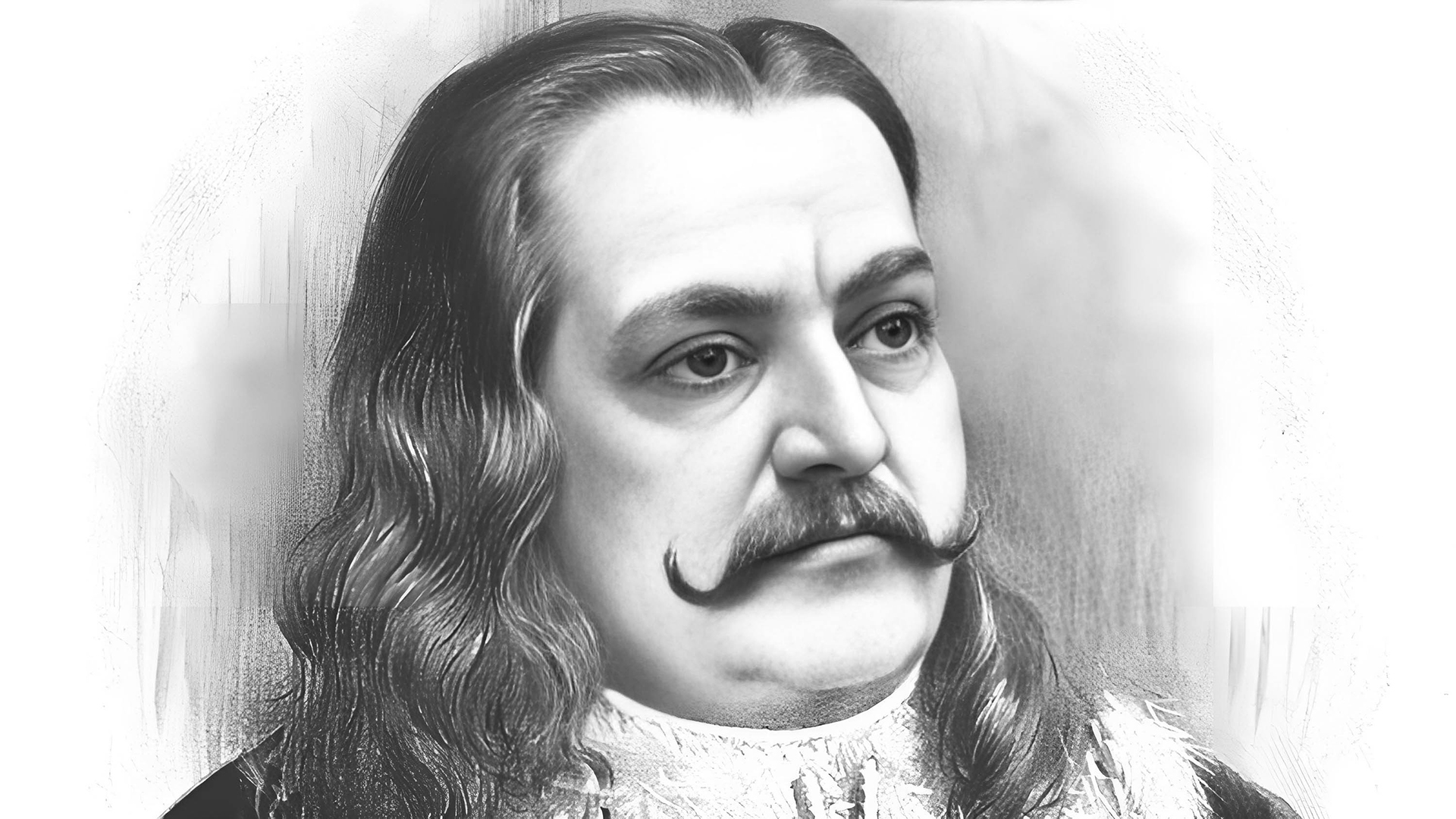Written by Adam Mrazek

George of Podebrady
The “king of two people” was the sixteenth king of Bohemia who is known primarily for ruling a divided nation. He earned his nickname by trying to maintain peace between his Hussite and Catholic subjects. He is also remembered for his attempt to unite the European nations after the Turks conquered Constantinople. In his visions, the Christian powers would settle all between themselves by peaceful means and fight against a common enemy. The Pope, however, did not see eye to eye with the Hussite king; thus, the first attempt at a united Europe was halted.
George was born a Bohemian nobleman growing up during the Hussite wars, he was even a part of the Battle of Lipany (1434) at the age of fourteen. As a young adult George was already a prominent member of the Hussite party. During the rule of Ladislaus, the Posthumous George was already the leader of the Hussite party. In the year 1448, George led an army of approximately nine thousand from Kutna Hora to Prague, taking possession of the capital and igniting a civil war against Bohemian lords faithful to Rome.
In the year 1451, George was entrusted administration over Bohemia by the emperor Frederick III. The parliament of the Bohemian kingdom confirmed George’s regency the same year. Ladislaus the Posthumous was crowned king of Bohemia in 1453, but only four years into his rule the young king died suddenly, apparently due to acute leukemia. In spring of the next year, George was voted by the Bohemian estates as the new king of Bohemia.
The new Bohemian king was seen by the papacy as a “Heretic King”, this was not an easy burden to bear and George had to utilize his skills in diplomacy and gain friends and allies as quickly as possible. George, as a Hussite, was religiously tolerant and chose his advisers by skill and not by their religious beliefs. However, despite his noteworthy diplomacy skill and intellect were not enough. Pope Paul II excommunicated George in 1466, releasing all his subjects from their allegiances to George. The insurgent nobles were joined by Emperor Frederick III and Matthias Corvinus, king of Hungary and George’s former ally.
Matthias conquered most of Moravia and Silesia and was crowned the king of Bohemia by the papal party in 1469. King George was left with only the protestant part of Bohemia. Due to this, George resigned and proposed Vladislaus II as the new king of Bohemia. Vladislaus then continued the war with Matthias Corvinus. In the spring of 1471 George’s health worsened and he died on the 22nd of March, buried in the St. Vitus Cathedral. The hatred towards the “Heretic King” resulted in the destruction of George’s statue in the Church of Mother of God before Tyn by the Catholics in 1623 after the Battle of White Mountain.